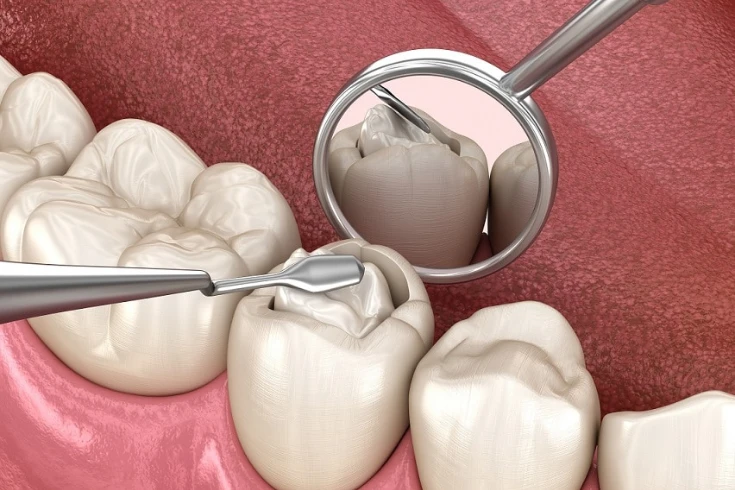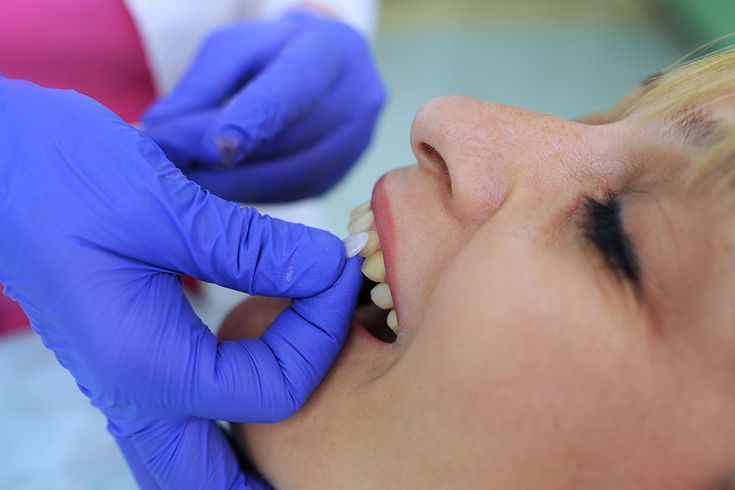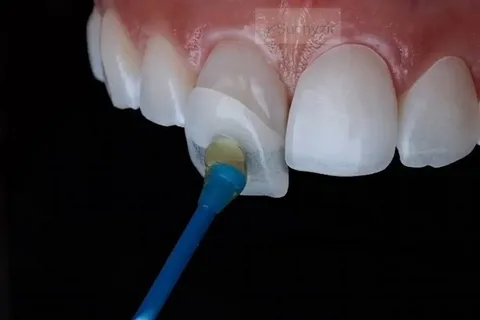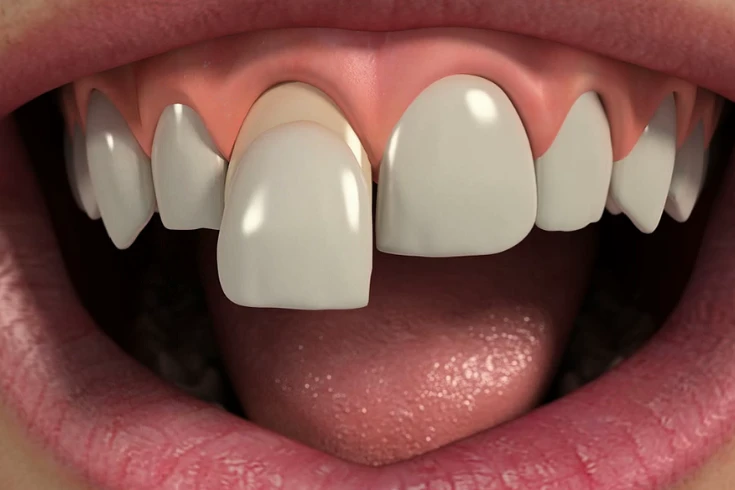Dental health is essential, but no matter how diligent we are, cavities can still form. One of the most common dental procedures is filling a cavity. If you’re wondering, how much a cavity filling costs, you’re not alone. Many people want to know the financial aspect of dental treatments before heading to the dentist. In this blog, we’ll explore the factors that influence the cost of cavity fillings, what to expect during the procedure, and how you can manage the expenses.
What Is a Cavity Filling?

A cavity is a hole in your tooth caused by tooth decay. When untreated, this decay can worsen, leading to pain, infection, or even tooth loss. To prevent further damage, dentists perform a cavity filling. They clean out the decayed portion of the tooth and fill it with a suitable material to restore its shape and function.
Now that you know what a cavity filling is, let’s answer the burning question: how much does a cavity filling cost?
Factors That Affect the Costs of Cavity Filling
The cost of a cavity filling can vary significantly based on several factors. Understanding these variables will give you a clearer idea of how much does a cavity filling cost in your specific case:
Type of Filling Material
One of the most important factors that influence how much does a tooth filling cost is the type of material used. There are several types of filling materials, and each comes with a different price tag:
- Silver Amalgam Fillings: These are made of a mixture of metals, including silver, tin, zinc, and mercury. Amalgam fillings are durable and more affordable, costing between $50 to $150 for a single tooth.
- Composite Resin Fillings: These are tooth-coloured fillings that are more aesthetically pleasing but also slightly more expensive, costing between $90 to $250 for each tooth.
- Gold Fillings: Gold fillings are the most durable and long-lasting but also the most expensive, ranging from $250 to $4,500 per tooth.
- Ceramic Fillings: These fillings are made of porcelain, offering a natural look and high durability, but they can cost as much as $250 to $4,500.
Location of the Cavity
Where the cavity is located on the tooth also plays a role in how much does a cavity filling cost. Front teeth fillings are usually smaller and less expensive. While cavities in the molars can be larger and require more material, increasing the cost.
Dentist’s Expertise and Location
The experience level of your dentist and the geographical location of the clinic will impact how much does a cavity filling cost. Dentists in major cities or areas with a high cost of living tend to charge more for the same procedure compared to those in smaller towns or rural areas.
Number of Cavities
If you have more than one cavity, the cost will naturally increase. Most dentists offer package deals for multiple fillings, but it still adds to the overall expense.
Size of the cavity
Another factor that determines the cost of cavity filling procedure is the size of cavity. If the cavity is small then it will require less time and instruments. But if the cavity is bigger then it will consume time and additional resources are needed.
Tooth Fillings Fell Out? Here is Everything You Need to Know
Average Costs of Cavity Filling
When considering how much a cavity filling costs, it’s helpful to know the average range for each type of material. Here’s a quick breakdown:
| Filling Type | Average Cost Per Tooth |
| Silver Amalgam | $50 – $150 |
| Composite Resin | $90 – $250 |
| Gold | $250 – $4,500 |
| Ceramic | $250 – $4,500 |
Dental Insurance and Cavity Filling
If you’re concerned about how much does a cavity filling costs, having dental insurance can significantly lower your out-of-pocket expenses. Most dental insurance plans cover 50% to 80% of the cost of cavity fillings, depending on the material used and the type of plan. However, some plans may only cover certain types of fillings, such as silver amalgam, leaving you to pay the difference if you opt for composite or gold. The cost of dental fillings without dental insurance can be high.
Affordable Options for Cavity Fillings
If you’re worried about how much does a cavity filling cost, there are several ways to manage the expense:
- Dental Schools: Many dental schools offer discounted services performed by supervised students.
- Payment Plans: Many dental offices offer payment plans. This plan will allow you to spread the cost of your fillings over several months.
- Discount Programs: Some dental offices have discount programs for uninsured patients. This program can help reduce the total cost of your treatment.
Why Cavity Fillings Are Worth the Cost
While you might be concerned about how much a cavity filling costs, it’s important to remember that untreated cavities can lead to much more expensive treatments like root canals or extractions. A cavity filling is a preventive measure that can save you from pain. It also saves from infection and costly dental work in the future.
Conclusion
So, how much does a cavity filling cost? As we’ve seen, the answer depends on a variety of factors. Factors include the type of material, location of the cavity, and your dentist’s expertise. However, the average cost of cavity filling typically ranges from $50 to $4,500 per tooth, with dental insurance covering a portion of the expense. Understanding how much a cavity filling costs can help you plan and prepare for your next dental visit, ensuring you maintain a healthy smile without breaking the bank. Always consult with your dentist for the most accurate pricing and available options based on your specific needs.
FAQ’s
How much does a cavity filling cost on average?
The cost of a cavity filling can vary based on the material used and the location of the cavity. On average, silver amalgam fillings cost between $50 to $150, composite resin fillings range from $90 to $250, gold fillings can cost between $250 to $4,500, and ceramic fillings can also range from $250 to $4,500.
What factors affect the cost of a cavity filling?
Several factors influence the cost of a cavity filling, including the type of filling material (silver amalgam, composite resin, gold, or ceramic), the size and location of the cavity, the experience of the dentist, and the geographical location of the dental clinic.
Does dental insurance cover the cost of cavity fillings?
Yes, most dental insurance plans cover a portion of the cost of cavity fillings, usually between 50% to 80%, depending on the plan. However, coverage may vary based on the type of filling material used, so it’s important to check with your insurance provider beforehand.
How can I reduce the cost of a cavity filling?
To reduce the cost of a cavity filling, consider options like visiting dental schools where students perform the procedure under supervision, opting for a less expensive filling material, exploring dental discount programs, or asking your dentist about payment plans that allow you to spread out the cost.
What is the cheapest type of cavity filling?
Silver amalgam fillings are typically the most affordable option, costing between $50 and $150 per tooth. These fillings are durable and effective, though they may not match the natural colour of your teeth.





